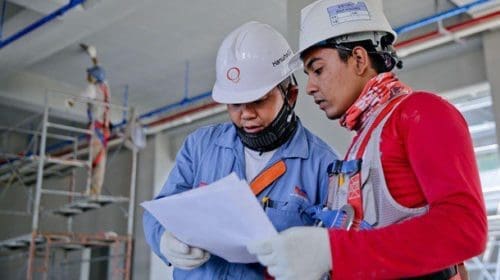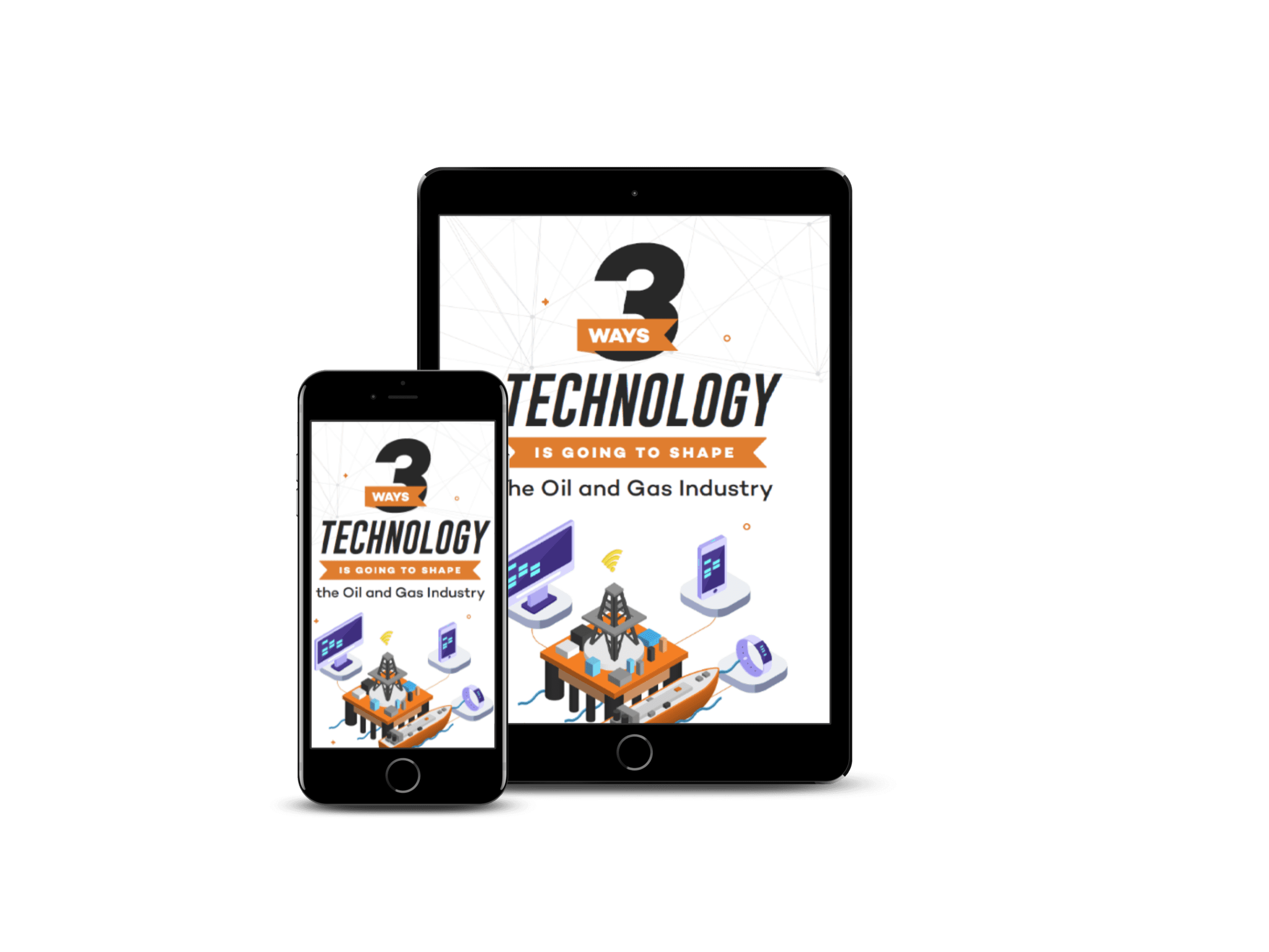There are few more impactful sectors on the U.S. economy than the oil industry. This isn’t just from the perspective of direct revenue from sales, generation of taxes, or helping to keep businesses moving, either. At the beginning of 2020, the oil and gas sector was responsible for 12.3 million American jobs. This means that there is a significant imperative to ensure continued innovation and support.
One of the ways the oil industry can maintain its position is through the use of advanced technology. While this affects various areas of operations — disaster prevention, inspection, field surveys — some of the most important applications are being utilized in trucking and logistics. This is vital, as this area so often represents the backbone of the industry, linking all the key elements of the chain together to ensure efficient operations.
We’re going to take a look at where trucking technology is at the moment. How is it currently affecting the sector? Where are we likely to see a significant impact in the near future?
Safety and Efficiency
The oil industry, while profitable and essential, is not without its risks. As such, safety is of paramount concern. There is a responsibility to ensure the health of workers, contractors, the general public, and indeed the environment. However, alongside this safety, there is also a need to ensure operations remain efficient. When it comes to trucking, we find that advances are being implemented to ensure that both of these needs continue to be met.
Telematics has been one of the core safety technologies in trucking for several years. Sensors connected to the vehicle’s on-board diagnostics port (OBD-II) log everything from operational hours to vehicle status to ensure not only peak performance but also to mitigate the potential for dangerous issues. However, in recent years, this is increasingly being combined with other types of driver behavior tech.
This is vital as the Federal Motor Carrier Safety Administration (FMCSA) reports that accidents involving large trucks are increasing, and its large-scale survey of causes in 2003 found the majority of this is due to driver behavior. As such, fleets are adopting safety packages that include vision-based systems — cameras and sensors throughout the vehicle that monitor driver behavior and feed this to software that uses algorithms to identify risky behavior. The software then gives real-time feedback to the drivers to make adjustments.
Perhaps the most notable for both safety and efficiency is artificial intelligence (AI)-assisted transportation and route management platforms. These take data provided by fleet telematics and combine it with that of current road conditions, weather information, and accident reports to give fleet managers recommendations to map the most efficient routes. Not to mention that the processing of up-to-date advice allows managers to provide drivers with adjustments that help them avoid dangerous areas. The software also tracks resource use, providing routes that use the least amount of fuel — which goes beyond reducing costs; it enables sustainability.
This is important both for the oil industry and the other sectors it supports. There is increasing demand for sustainable agriculture, with farmers making decisions to reduce the negative impact on their communities and the planet. As such, the ecologically friendly choices made in shipping oil to these sectors help to support their overall sustainability efforts.
Careers
It is often the case that the rise of technology sparks concern for job security. However, while the introduction of new tools and machine learning may well reduce the potential for human error, it is also generally the case that technology doesn’t remove roles. Instead, it provides additional opportunities. In the oil trucking industry, there is space for these tools to alter careers and address some of the human resource (HR) challenges the sector faces.
One noteworthy issue is the driver shortage. In 2019, there was claimed to be a shipping-industry-wide shortfall of 59,000 drivers. As this develops, the rise of autonomous vehicles becomes more important to ensure oil shipments reach destinations on time. However, it’s important to understand that this technology doesn’t replace skilled drivers. Indeed, as we’ve begun to see the first autonomous semi-trucks take to the roads, it’s notable that this technology is not usurping human knowledge but supervised by it.
As such, at a time in which conditions and low pay are contributing to the reluctance of younger workers to join the industry, this technology provides a case to attract them. Rather than offering a lower-paid position, the role becomes more specialized — they become both rig operators and information technology (IT) specialists. Such technological careers are likely to make a higher-earning career path, alongside the interaction with cutting-edge tools that digital natives prioritize in their job choices today.
Infrastructure
It’s also important to understand that the oil industry does not operate in a vacuum. For trucks to transport oil and vital equipment efficiently, there needs to be stable infrastructure in place. As such, the sector must keep abreast of new technologies that affect roads and cities and work with companies and governments to encourage continued development.
Currently, one of the key tools in this area is advanced traffic management systems. These help to minimize congestion in busy areas, reduce the impact of traffic pollution on the environment, and mitigate the potential for accidents. In recent years, the Internet of Things (IoT) has become a vital component. Sensors are placed throughout traffic routes, and the data fed to city transit systems to allow real-time traffic signal choices, and also provide information to the general public. The oil industry can best use this technology by incorporating it into its route planning strategies — making choices that avoid busy cities, improve efficiency, and reduce the burden on community roads.
Worthy of note, too, is the development of 5G. This new generation of mobile connectivity presents opportunities for interruption-free device communication. This means that route management and driver information systems will benefit from being connected at all times, even in traditionally low-reception areas. It also makes automated driving — particularly truck platooning, where one driver controls a convoy of connected driverless trucks — a much safer tool.
Conclusion
As a key industry in the U.S., the oil sector must embrace advanced trucking technology to keep stakeholders safe, and operations efficient. We are currently seeing tools that directly impact activities, but also present new opportunities for career development in the field. The more the industry embraces and encourages technology in its own operations and the community, the more everyone can benefit.
Indiana Lee lives in the Northwest and has a passion for the environment and wellness. She draws her inspiration from nature and makes sure to explore the outdoors regularly with her two dogs. Lee also has experience in owning and operating her own business. Feel free to follow her on Twitter @indianalee3.
Oil and gas operations are commonly found in remote locations far from company headquarters. Now, it's possible to monitor pump operations, collate and analyze seismic data, and track employees around the world from almost anywhere. Whether employees are in the office or in the field, the internet and related applications enable a greater multidirectional flow of information – and control – than ever before.








